In a land where volcanoes pierce the sky and geothermal power heats geysers and endless lagoons, Iceland delivers a feast for the senses no matter what time of year you choose to visit. Learn more about the distinctions between each season, as well as the wonders to be enjoyed year-round.
ICELAND IN SPRING

Though not the best-known time to visit the country, the Icelandic spring – from late March until late May - can be a rewarding time to discover the country’s attractions with fewer visitors. Though temperatures are still cold, the days are getting longer and the winter snowmelt fuels rivers and waterfalls with an unstoppable energy. By late Spring, wildflowers are beginning to burst into life and puffins are returning to the coastal cliffs to breed.
Best things to do in Iceland in Spring
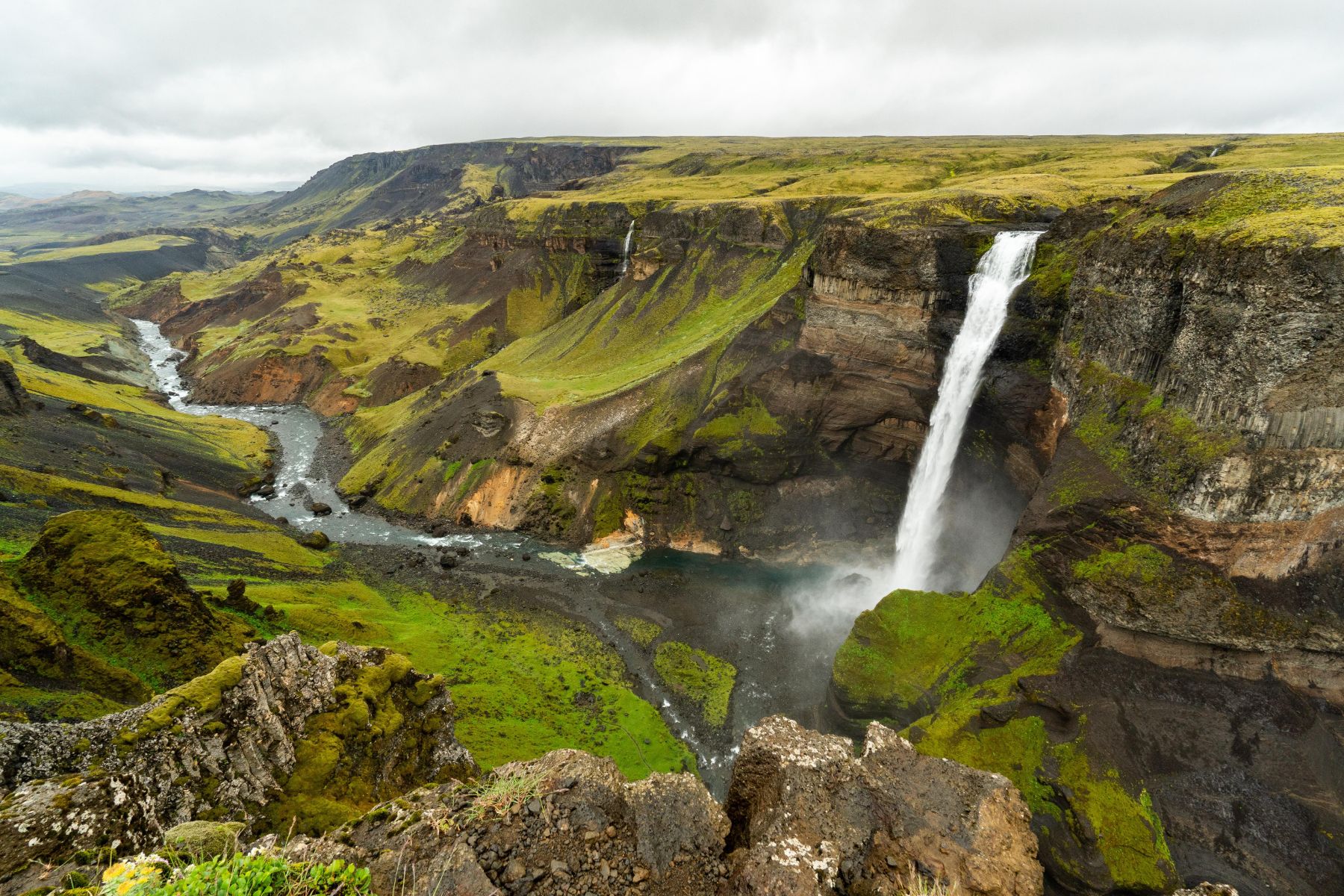
- Take in vistas of verdant cliffs and gushing rivers fringed by wildflowers in Thjorsardalur
- Marvel at the angular basalt columns of the Svartifoss volcano in Skaftafell
- Go on an ATV tour across black-sand beaches against a backdrop of snowcapped volcanoes
ICELAND IN SUMMER
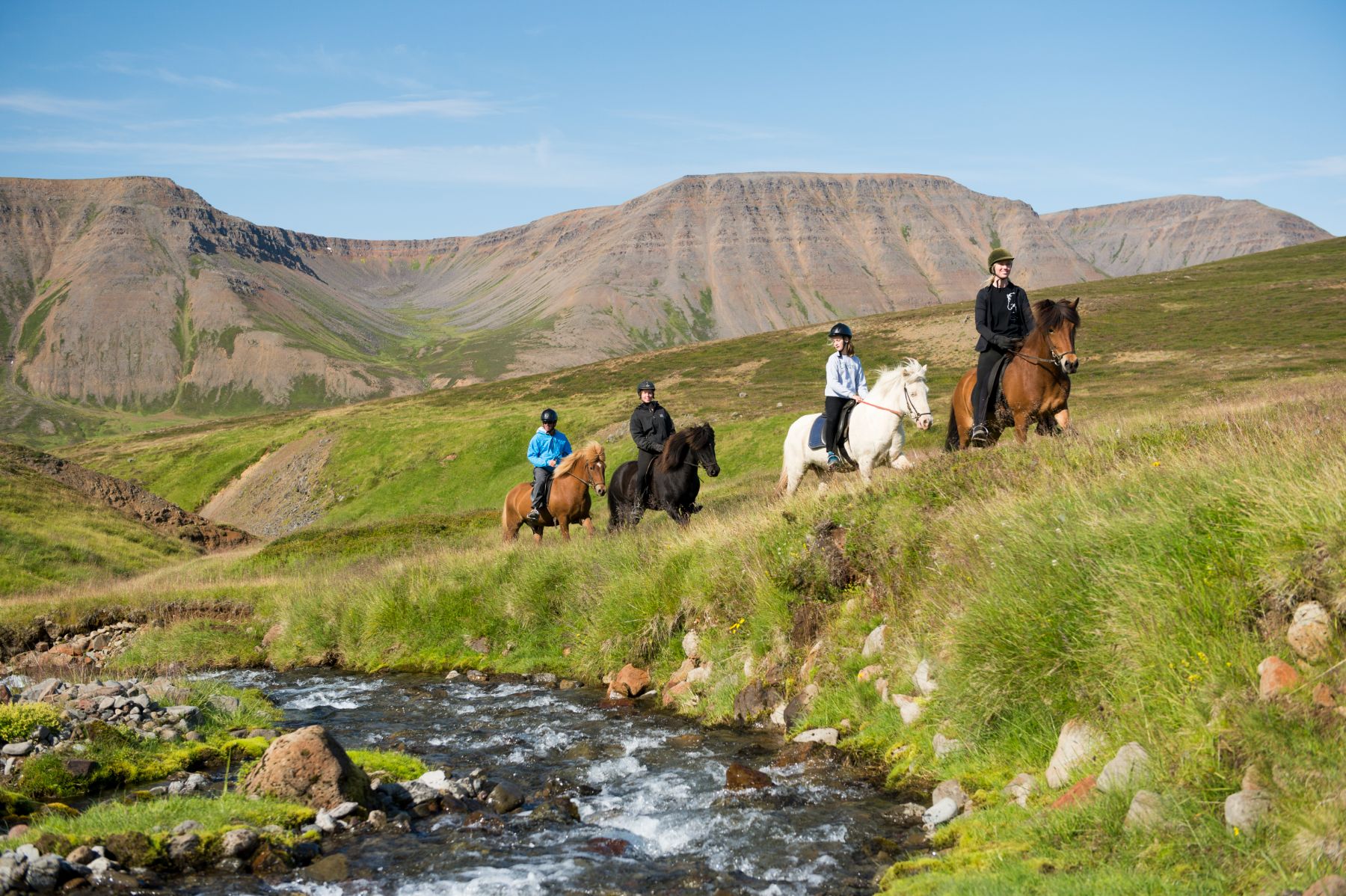
Photo courtesy of Deplar Farm
Long, mild days, gentle weather conditions for outdoor activities, and the spectacle of the midnight sun are just some of the reasons to visit Iceland during summer (June, July and August). This is also the only season you will be able to explore the highlands. Almost inaccessible by road except during the summer months, the rippling mountains of Landmannalaugar take on a hypnotic glow during the summer months when the snow melt reveals the ever-changing hues of the volcanic slopes illuminated by the sun.
Best things to do in Iceland in Summer
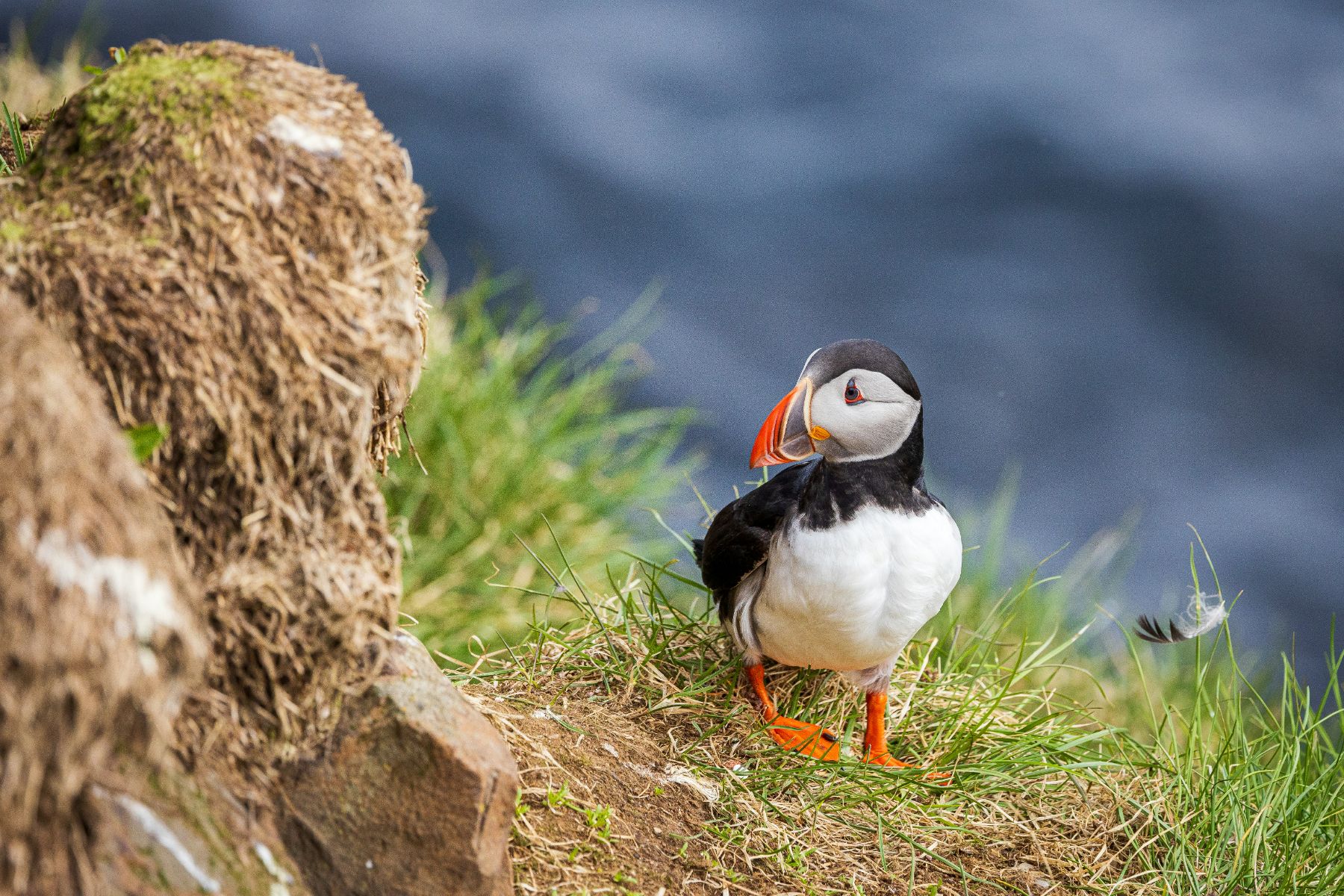
- Take a super jeep tour through Landmannalaugar’s breathtaking landscapes
- Spot puffins and beluga whales in the Westman Islands
- Cross the Jökulsárlón glacier lagoon in a private Zodiac
ICELAND IN AUTUMN

The autumn months of September and October herald a time of gentle and understated beauty in Iceland. Areas with more vegetation such as the Golden Circle take on a vivid autumn glow as birch forests and shrublands come alive in shades of yellow, ochre and red. Even old lava fields blanketed with moss take on a rich autumn gleam, and this is a glorious time to go hiking in spectacular valleys and soak in thermal springs against the crisp autumn air.
Best things to do in Iceland in Autumn
- Walk behind the cascade of the Seljalandsfoss waterfall
- Take a cable lift down into the depths of the Thrihnukagigur volcano
- Dive or snorkel between the tectonic plates at Silfra fissure
ICELAND IN WINTER

Adventures in the snow and the quest for the Northern Lights are some of the defining aspects of a winter visit to Iceland. The attractions of the Golden Circle and the Reykjanes Peninsula are still easily accessible during the winter months (November to February), while Northern Lights seekers should allow as many free evenings as possible to afford the best chances of seeing the magical Aurora Borealis.
Best things to do in Iceland in Winter
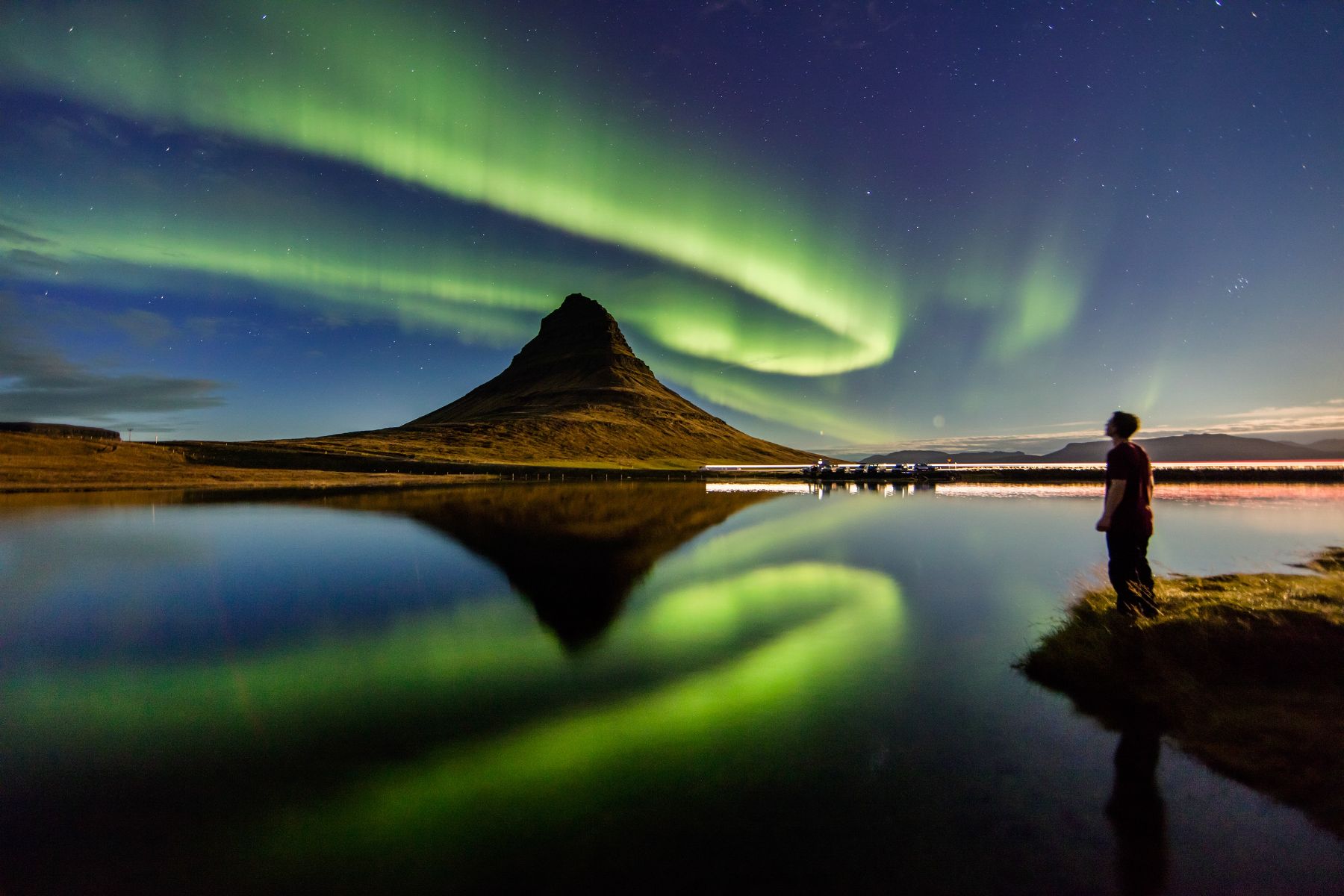
- Go skiing in Siglufjörður – or heli-skiing from Deplar Farm
- Seek out the Northern Lights from a remote and luxurious lodge
- Go dog sledding through pristine, snow-blanketed lands at Myvtan
BEST THINGS TO DO IN ICELAND YEAR-ROUND
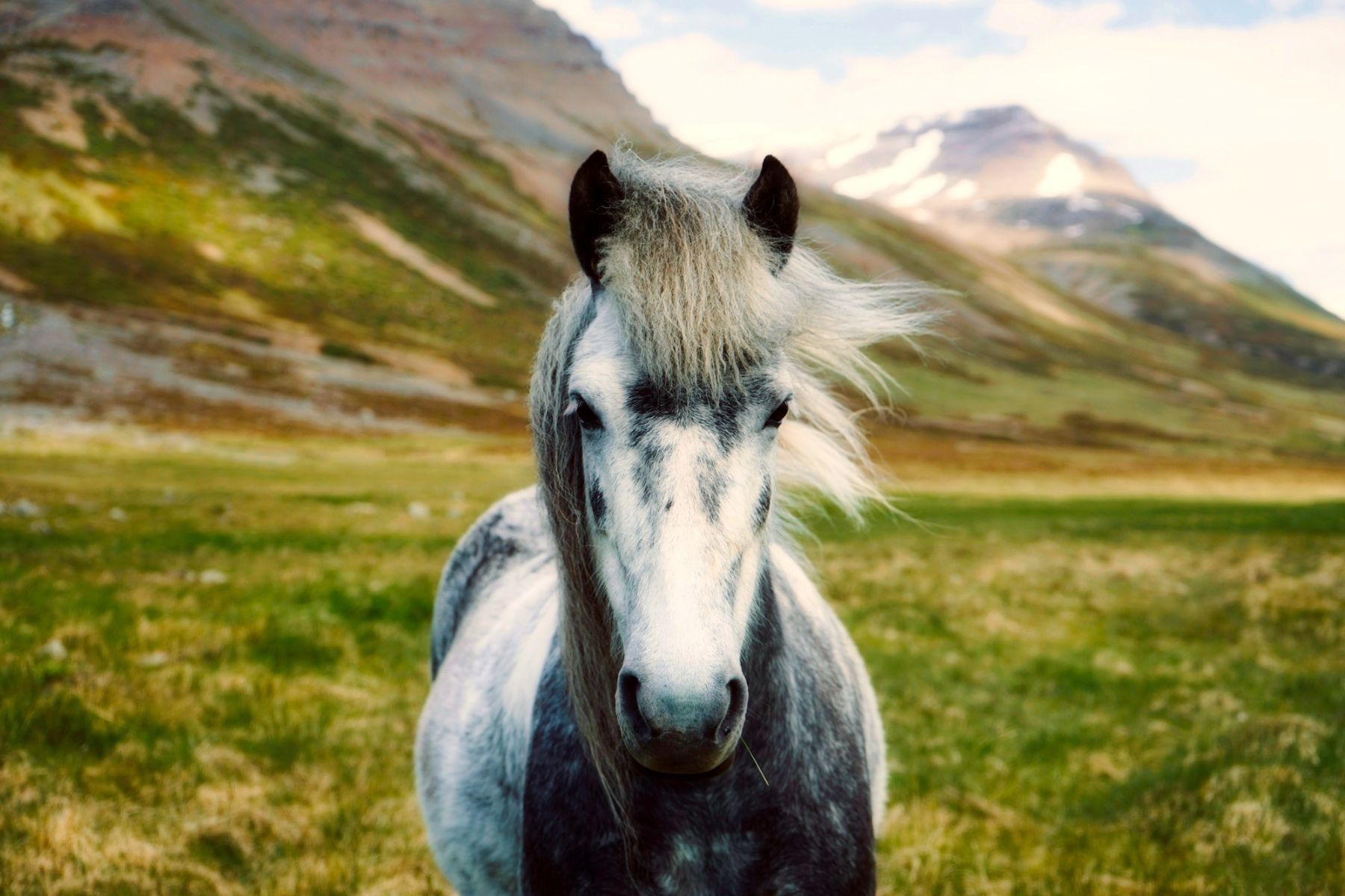
Many activities can be enjoyed in Iceland at any time of year, whatever the weather! Here are a few of our favourites:
- Go snowmobiling on the Langjökull glacier
- Take a spectacular helicopter flight over volcanic craters and vast ice fields
- Ride an endemic Icelandic pony through untamed landscapes
- Soak in the restorative waters of the Blue Lagoon
- Take a whale watching cruise from Reykjavik harbour















